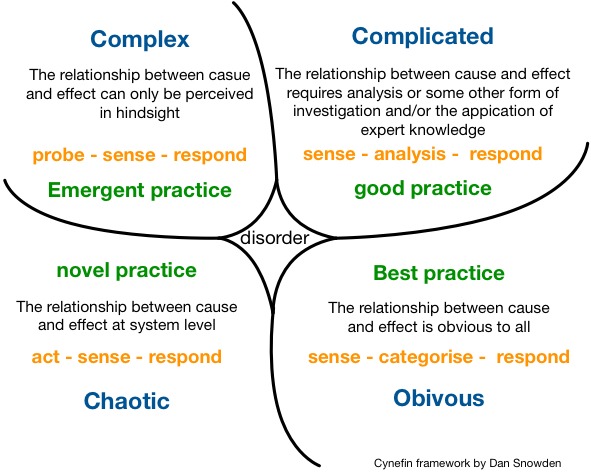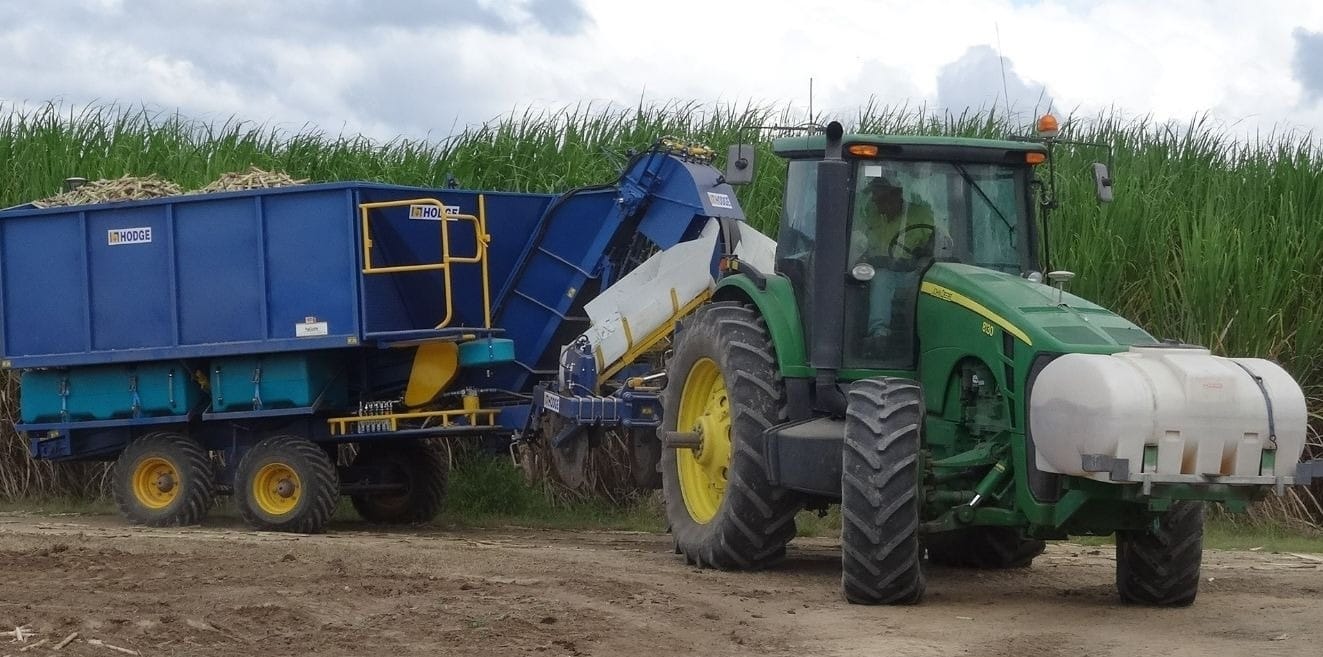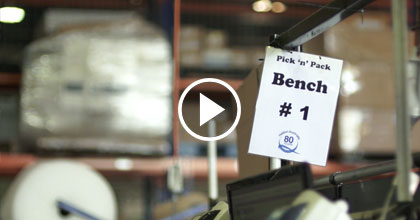Have you heard about The Cynefin Framework?
You may well ask ”What are you talking about and how to you even pronounced the word “Cynefin”?”
Cynefin (kun-ev-in) is the Welsh word for habitat. The Cynefin Framework is a conceptual framework which was developed out of IBM during the early 2000s and has been labelled as a “sense-making device”.
This framework has continued to evolve through the work of Dave Snowden and The Cynefin Centre.
The central idea of the framework is to offer decision-makers a “sense of place” to view their perceptions in dealing with a situation or problem. Not all situations are equal, and this framework helps to define which response is required for a given situation or problem.
It is an excellent model to help categorise the situation and assists in setting out how we can approach these different situations, explaining the characteristics of each category to help us recognise and define the current situation.
Having a good solution to a problem is great, but applying it in the wrong situation or context can lead to outcomes that are more complicated or harmful.
Making use of the framework can help structure the approach to finding the correct solution that matches the conditions of the problem. Then our more traditional problem solving tools can be used for the appropriate categories.
“Different problem situations warrant different approaches to find the right solution,” Snowden surmises.
There are four categories in the Cynefin Framework; Obvious, Complicated, Complex and Chaotic. The fifth sector, Disorder, fills the centre of the categories.
The Five Categories of The Cynefin Framework (Domains)
The Cynefin model maps out five distinct domains.
These powerful contexts work their magic at any organizational level—and frankly, in every corner of your life.
Each domain comes with its own rulebook, helping you classify and conquer any situation you encounter.
1. Obvious
Obvious (formerly known as Simple) is the category of Best Practices, and there is a direct relationship between cause and effect of the problem that can be seen by everyone. The right answer is obvious and undisputed within the group. This is the sector of best practices within your industry group.
Characteristics of the Obvious Category are:
- Clear cause and effect relationship are evident to everyone
- A single, correct answer exists
- A fact-based approach is required
- The problem statement is understood, and solution is evident
- Simple problem solving methods can be applied
- The situation requires minimal expertise to resolve
2. Complicated
Complicated is the category where good practices can be found. Here there are multiple right answers, and expert diagnosis is required to figure them out.
This sector demands a more quantitative approaches like Value Stream Mapping, and Six Sigma is particularly well suited.
Characteristics of the Complicated Category:
- Multiple right answers are available
- A general idea of the known unknowns
- You know the questions you need to answer
- Don’t know how to obtain the answers
- The problem is more predictable than unpredictable
- Cause and Effect relationship is not immediately known but is discoverable given enough time
3. Complex
The complex is the category where solutions are discovered by developing a safe environment for experimentation.
This experimentation allows us to discover important information that leads to the creation of new emergent solutions.
These problems are always more unpredictable than they are predictable. Hindsight can only tell us if there is a right answer as we explore the problem. Only with detailed experiments, inspections and results we can base decisions. The current results can then be used to define the next step toward a solution. In such situations our ability to probe (explore), sense (inspect) and respond (adapt) is critical.
Characteristics of the Complex Category:
- There are unknown unknowns
- Even the starting point requires experimentation
- The right questions to ask need exploration
- The solution is only apparent once discovered
- The sector of emergence ideas
- Routine solutions don’t apply
- Higher levels of interaction and communication are essential
4. Chaotic
Chaotic problems require a rapid response.
When in a crisis there is immediate action required to prevent further harm and to return the situation to a normal environment. In this category we are not interested in starting investigations, data gathering and analysis work that leads to correcting the cause.
In this sector, the ability to act immediately and decisively to correct the symptoms is required, such as plugging the hole in hull of a sinking ship. For example, consider production defects; Your initial action is to quickly correct the problem creating the defect and then to contain the effects. This quick solution does not correct the underling cause, but containment is more important at this stage.
Characteristics of the Chaotic Category:
- The immediate priority is containment
- The solution does not have to be the best, as response time is more important
- Once you’ve stopped the leak, you can take a breath and determine which sector the problem fits into
- Sector for novel practice solutions
- No one knows what the answer may look like with certainty
- Look for what works first instead of the right solution
- Many decision to make, no time to think
- Immediate action to reestablish order
5. Disorder
The disorder is the space in the middle.
This category applies to those situations when you don’t know which of the other sectors to apply. This can be a very difficult place to be as you have no know idea how to sense the situation. Here you can see that people will be operating based on Firefighting mode, acting in line with personal preferences and not stopping to correct the situation.
The way to approach Disorder is to start breaking down the situation into smaller problems. Then reapply the problem to one of the four categories and work on a solution. Take the big rocks and make them into smaller rocks.
Always be on the lookout for Chaotic problems as it is dangerous when problems are not addressed and there is no process is in place to correct it. Your priority needs to be to work on a way to move into a known category.
Characteristics of Disorder Category:
- If the problem or situation doesn’t fit in other the Four categories then it Disorder.
- Fire fighting mode is common approach to dealing with the situation
- Strong personal preferences are in place
- No Time to correct the situation
- Making do with a bad process
Defining Approaches with the Cynefin Framework
Next we will look at different approaches that can be applied for each category.
Approach for Obvious Problems:
- Problems are well known
- Sense the situation facts and gather data
- Categorise facts it into known groups
- Base responses on well-known solutions or established best practices
implement and review solutions
Approach for Complicated Problems:
- Assess the situation and Sense the problem
- Investigate several options
- Analyse large data groups, as needed
- Use experts knowledge to gain insight
- Use metrics to gain control
- Base response on good practice and
- Determine a course of action
- Execute the plan, following the Plan, Do, Check, Act cycle
Approach for Complex Problems:
- Explore to learn about the problem, as they require more creativity and innovative thinking skills
- Develop a theory and experiment to gather more knowledge
- Experimentation to discover patterns and gain more knowledge
- Repeat as necessary, with the goal of moving your problem into another category
- Execute and evaluate, following the Plan, Do, Check, Act cycle
Approach for Chaotic Problems:
- Someone needs to take charge and act
- Triage all actions
- Reach a level of measure of control
- Then assess the situation and determine next steps
- Take action to correct the cause by moving your problem to another category
Approach for Disorder Problems:
- Gather more information
- Define Knowns and Unknowns
- Divide into parts and progressive move each part into another category
- Focus on the activity and not the person
Summing Up The Cynefin Framework
The Cynefin Framework is an excellent model to assist in setting out how we can approach these different situations and also explains the characteristics to help us recognise the current situation.
Once the situation is defined, the appropriate problem-solving approaches can be used.
This framework isn’t just useful in the domain of consultants and senior management types. As a general model, it is easily applied to all levels of your organisation and with this simple approach, great insights can be gain when applied. So when the correct approach is matched to the corresponding situation a higher level of success can be achieved.
Reference: Snowden and Mary E. Boone 2007 Harvard Business Review “A Leader’s Framework for Decision Making.”
What Is Cynefin Sense-Making Framework?
In simple terms, the Cynefin framework is a problem-solving model developed to help leaders make a decision in context. It is built around the idea that every problem is unique and thus requires different approaches to solve.
The framework was developed in the early 2000s by Dave Snowden at IBM to help decision-makers understand how they approach situations and how the different circumstances affect the decision-making approach. It is applied to “make sense” of all problems, even those without existing solutions, and thus the name “sense-making framework.”
What Is The Cynefin Model Used For?
Cynefin provides an excellent model that defines how we approach different situations and the characteristics that shape our understanding of the current situation and the people around us.
This framework focuses on the fact that some solutions may not work, however good they are, because the wrong approach is applied to the problem. Therefore, the uniqueness of the context is key in problem-solving.
It delves into the intricacies of difficult situations and unearths multiple intertwined factors in every situation that influence decision-making at any given time. Once a problem has been defined, unique solutions can be settled upon. Usually, problem solvers reach their limits when decision-making becomes complex because there are no tested and proven methods within their organisations.
The Cynefin model enables managers to develop more agile courses of action for complex problems.
Where Are “Best Practices” Most Appropriate?
Cynefin model offers five decision-making contexts (domains) that can be applied at every level of the organisation and in different sectors of life. These complex domains include; simple, complicated, complex, chaotic, and confusion.
Each of the five domains contains specific characteristics which help define every situation.
Traditional management styles are only applicable when the problem is simple. Simple problems are those that have tried-and-tested solutions. Therefore, best practices which consist of routine problem-solving mechanisms are only applicable in the case of simple problems.
As problems become complex and chaotic, the management reaches for a more agile and practical course of action. At TXM Lean Solutions, we offer the most innovative solutions that will help you transform your business.









